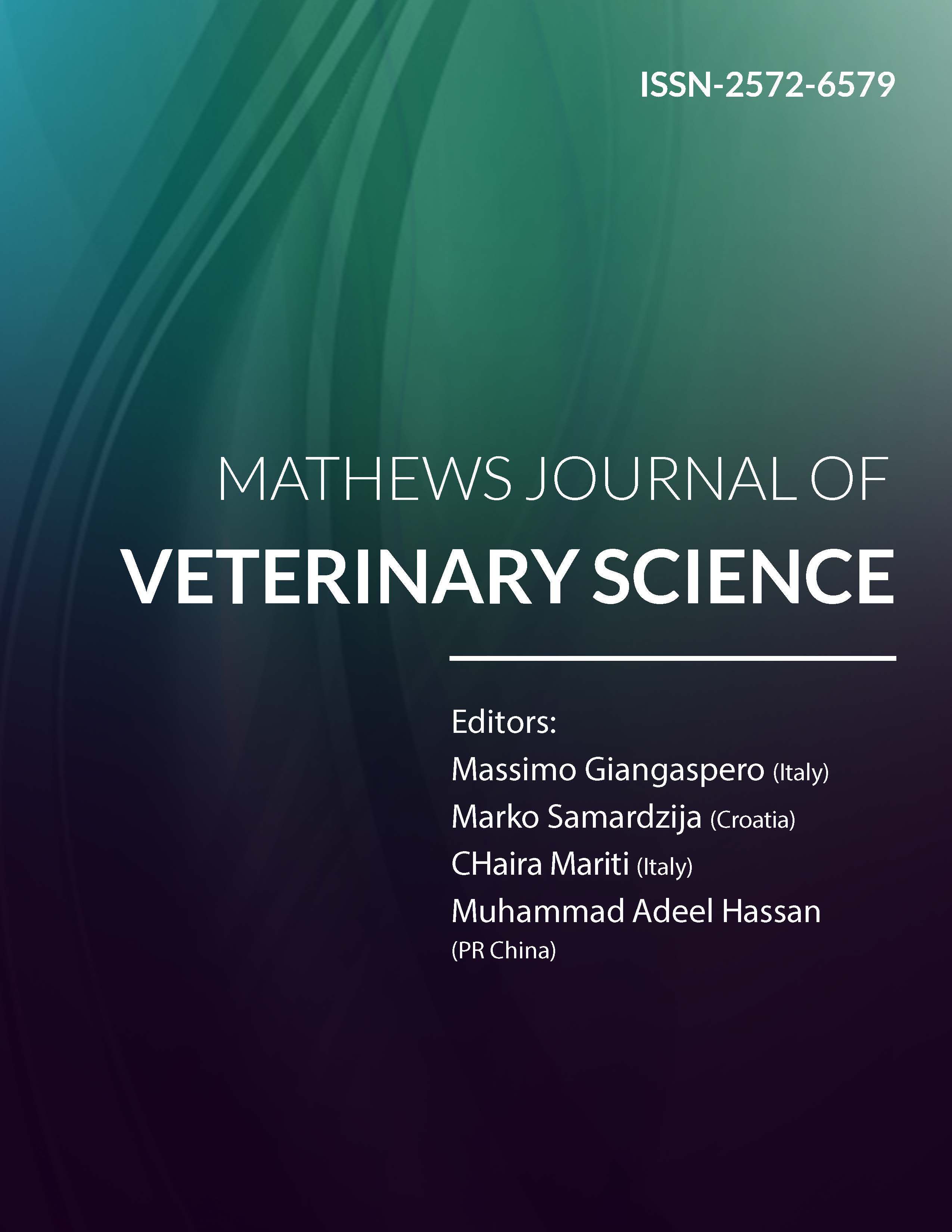
Information Links
Previous Issues Volume 2, Issue 1 - 2017
Diagnosis and Management of Knemidocoptes Pilae in Budgerigars (Melopsittacus Undulates): Case Reports In Egypt
Mohamed E. Abou-Alsoud1, Gamal I. Karrouf2, 3
Faculty of Meteorology, Environment and Arid Land Agriculture, King Abdulaziz University, Jeddah 21589, Saudi Arabia. 2
Faculty of Science, Medical Physics Department, King Abdulaziz University, Jeddah 21589, Saudi Arabia.
3 Surgery, Anesthesiology and Radiology Department, Faculty of Veterinary Medicine, Mansoura University, Mansoura, 35516 Dakahlia, Egypt.
Corresponding Author: Gamal I Karrouf, Faculty of Science, Medical Physics Department, King Abdulaziz University, 21589 Jeddah, Saudi Arabia, and Surgery, Anesthesiology and Radiology Department, Faculty of Veterinary Medicine, Mansoura University, Mansoura, 35516 Dakahlia, Egypt, Tel: 966 6472033; Email: [email protected] 1
Received Date: 01 Dec 2016
Accepted Date: 30 Dec 2016
Published Date: 03 Jan 2017
Copyright © 2017 Karrouf GI
Citation: Abou-Alsoud ME and Karrouf GI. (2017). Diagnosis and Management of Knemidocoptes Pilate in Budgerigars (Melopsittacus Undulates): Case Reports In Egypt. Mathews J Vet Sci. 2(1): 007
ABSTRACT
An outbreak of knemidocoptic mange caused by Knemidocoptes pile (K. pile) is described in caged budgerigars (Melopsittacus undulatus) in Mansoura public park, Egypt. The present study was conducted to detect the etiological parasites (Knemidocoptes pile) by documented clinical findings, skin scraping and histopathologic changes of the affected regions. 19 individuals out of 165 (11.5 %) displayed obvious lesions of progressive dermatitis, various degrees of scaly epithelial proliferation, thick yellow crusts and loss of feather areas. Most of the cases showed a decrease in body weight due to feeding difficulties and anorexia. When the feet and face were infected; lameness was noticed in advanced chronic cases with sometimes blindness and as a result of infection scaly face and leg had occurred. Clinical illness of K. pile infection disappeared 7-20 days after a single subcutaneous injection of 0.02-0.1 ml of ivermectin. Another alternative simple household treatment was applied.
KEYWORDS Knemidocoptes Pilate; Mange; Melopsittacus Undulates; Skin Scraping.